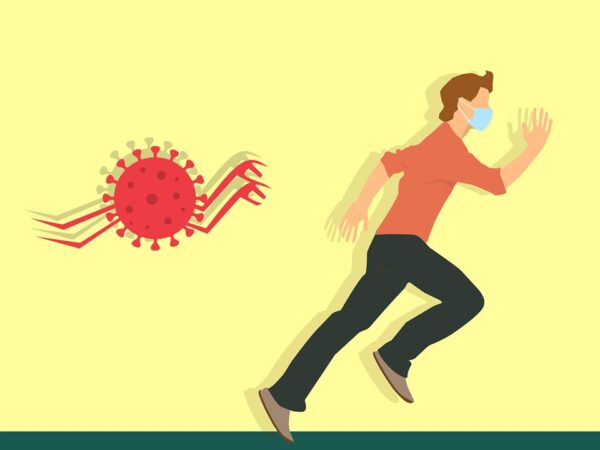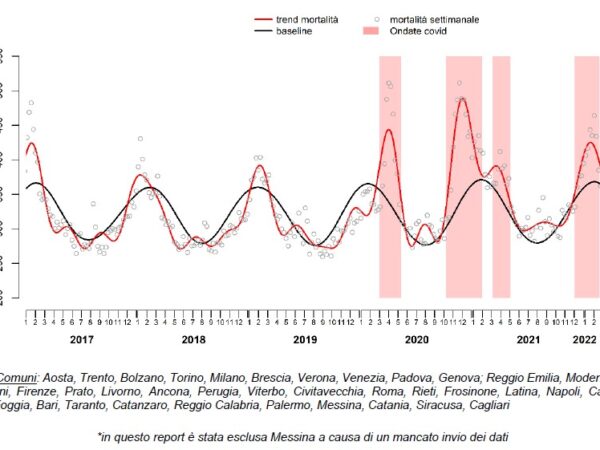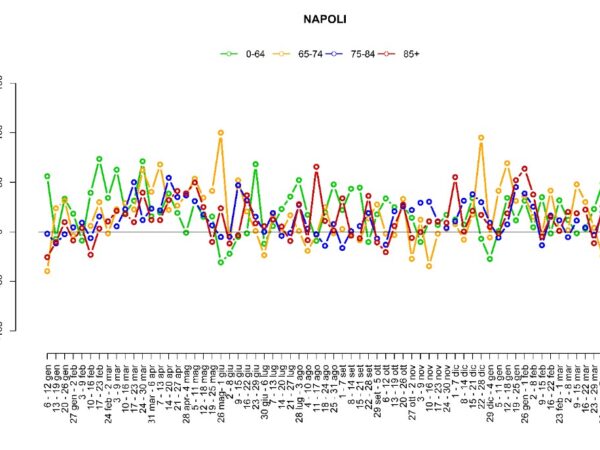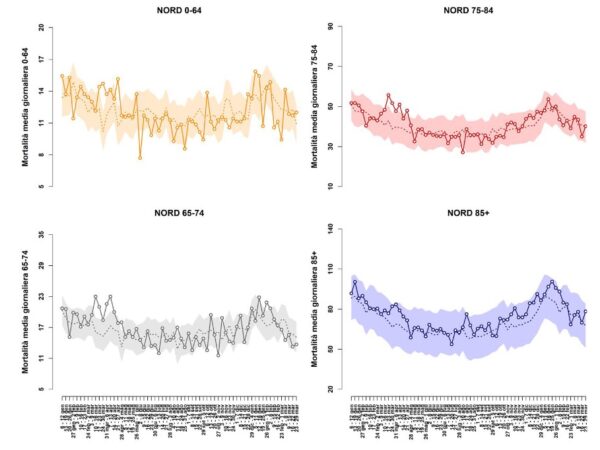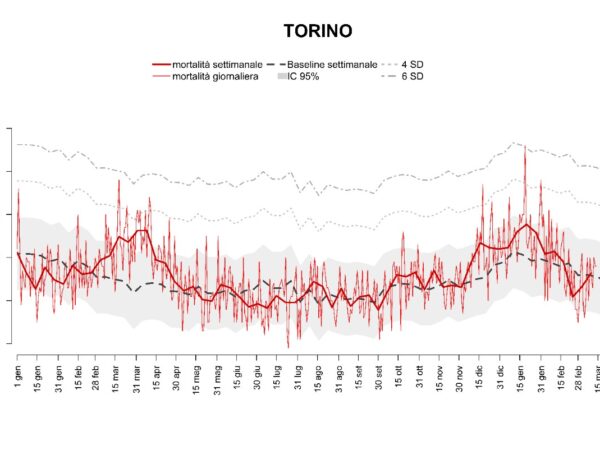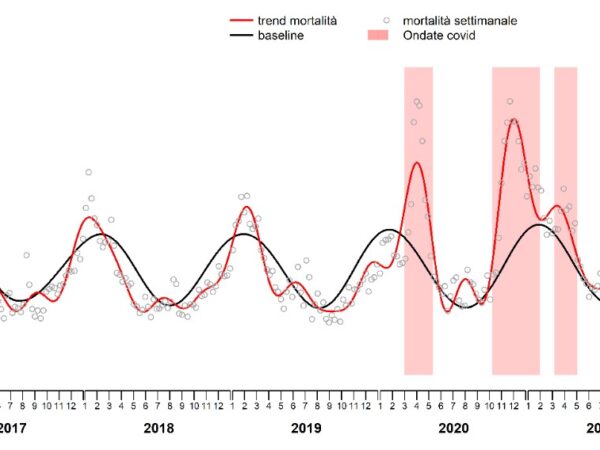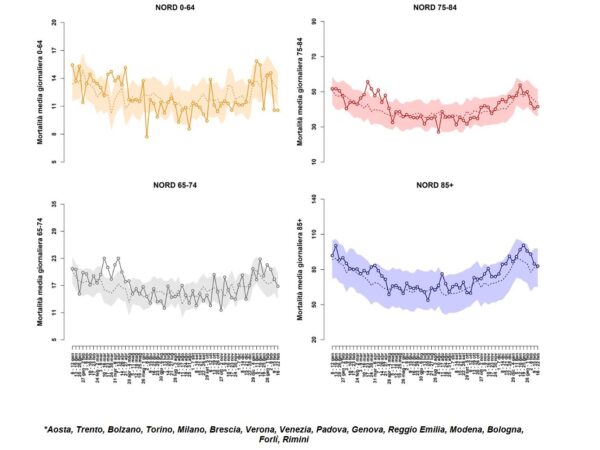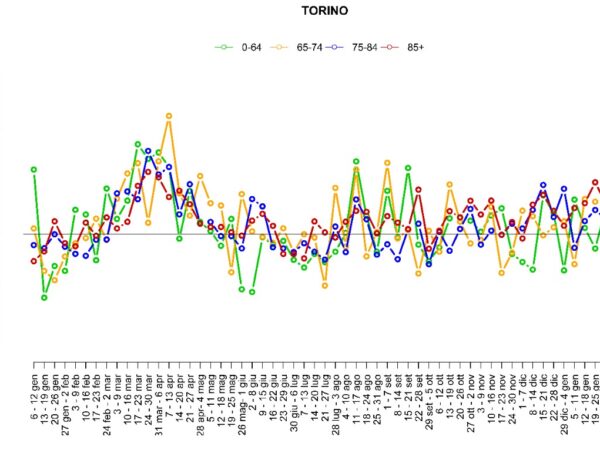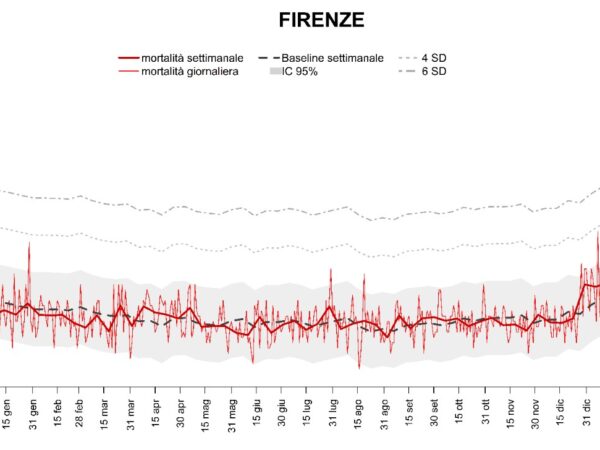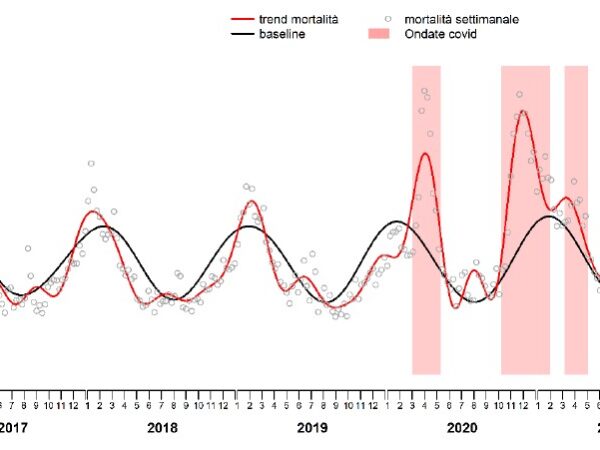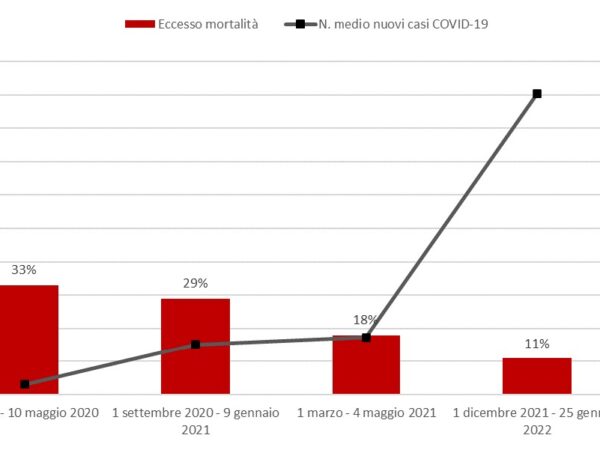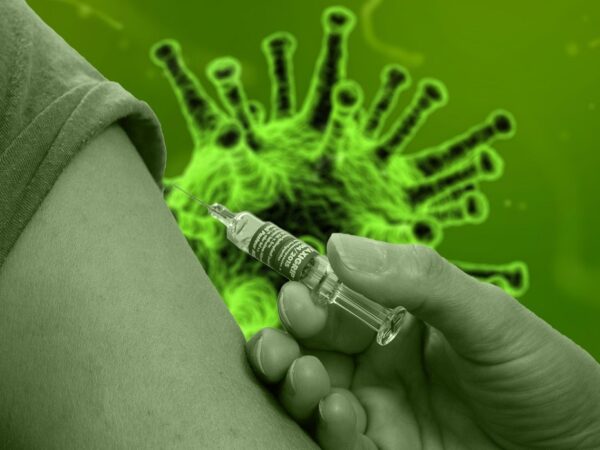A reanalysis of an Italian study on the effectiveness of COVID-19 vaccination suggests that it might have unintended effects on total mortality
Publication date: 11/04/2024 – E&P Code: repo.epiprev.it/2862
Authors: Alessandria M.1, Malatesta G.2, Donzelli A.3, Berrino F.4.
Abstract: Immortal-time bias (ITB) is known to be common in cohort studies and distorts the association estimates between treated and untreated groups. We used data from the last of two large studies in an Italian province on COVID-19 vaccines safety and effectiveness incurred this bias, and aligned the entire population on a single index date, to correct the ITB. We considered the “all-cause deaths” outcome to compare the survival curves between the unvaccinated group and the various vaccination statuses. The all-cause deaths Hazard Ratios in univariate analysis for unvaccinated (reference) versus vaccinated with 1, 2, 3/4 doses were 0.88 (CI95: 0.78 –1.00; p-value 0.044), 1.23 (1.16–1.32; p-value ≤0.001) and 1.21 (1.14–1.29; p-value ≤0.001), respectively. The multivariate values were 2.40 (2.00–2.88; p-value <0.0001), 1.98 (1.75–2.24; p-value <0.0001), 0.99 (0.90–1.09; ns). The possible explanations of the trend of the Hazard Ratios as vaccinations increase could be a harvesting effect; a calendar-time bias, accounting for seasonality and pandemic waves; a case-counting windows bias; a healthy-vaccinee bias; or some their combination. With two and even with 3/4 doses the calculated Restricted Mean Survival Time and Restricted Mean Time Lost have shown a small but significant downside for the vaccinated populations.
More >


